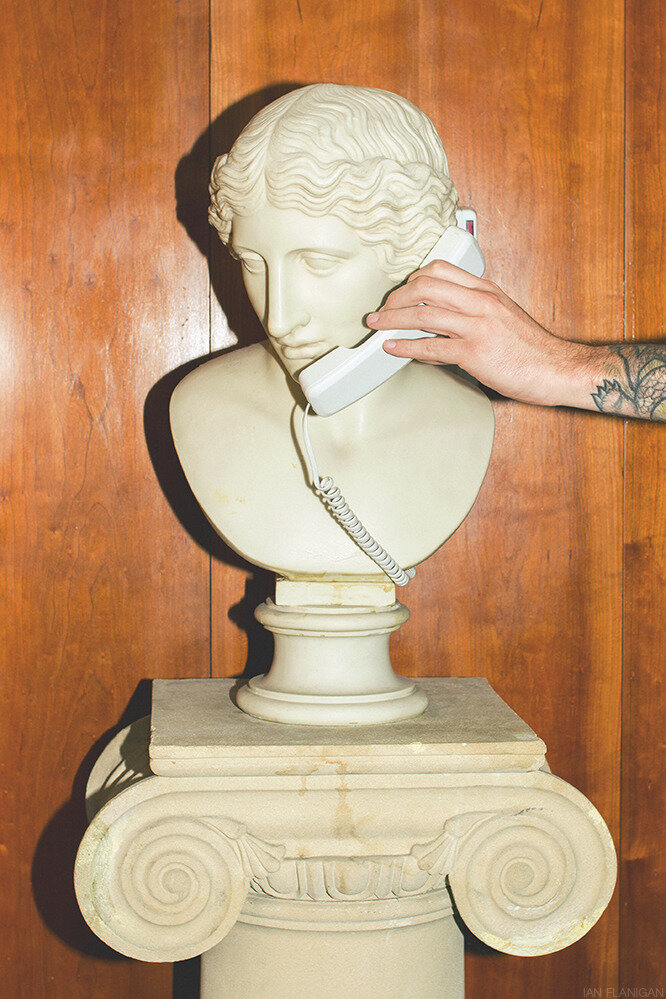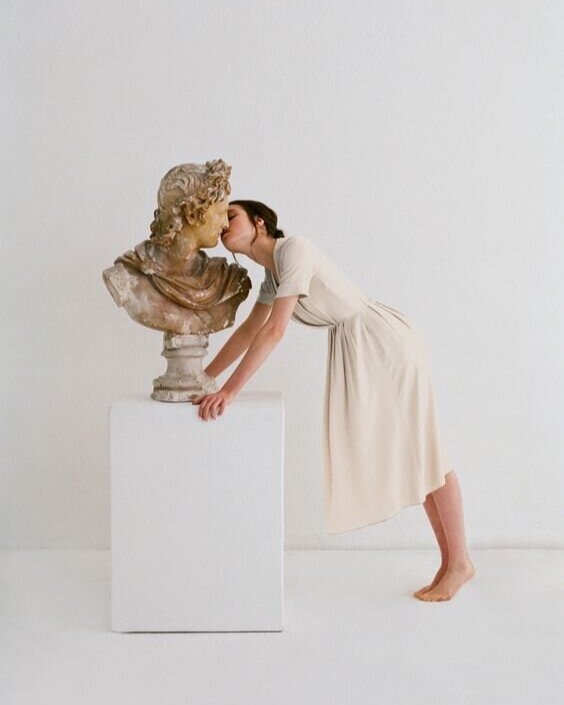History Recreated
Reframing historical thought as a creative space rather than something strictly academic, I believe anything, from design to technology to film, can belong to the ongoing dialogue between past and present.
London Calling by Ian Flanigan
The façade of the Queensberry Hotel camouflages seamlessly with Bath’s architectural wash of vintage beige, but the moment you step inside, it’s clear that you are someplace special. Off the narrow corridors of the converted Georgian townhouse, guests will find pristinely decorated sitting rooms, hidden bars and fireplaces, and ethereal gardens that leave one with the feeling of being in a warp in time. Within the stylish, modern design scheme, the sense of the original house within the historic city is left to be remembered. For the design-conscious, and especially those inspired by vintage aesthetics, the Queensberry is something of an oasis, a beautiful example of what can be achieved if history and creativity collide.
One of the biggest misconceptions about history that I have come across – sometimes out in the world and other times in my own inner monologue – is the idea that it is an academic subject and not a creative one. Facts and research are imperative to understanding the past accurately, absolutely. But equally, history can be a wealthy fount of inspiration, something to be loosely interpreted and integrated into the creative endeavours of the present day. Indeed, it may be the case that when the past is reframed as a lingering, artful memory of human experiences parallel to our own, it might better resonate with today’s brand new ancients, and as a result, be better sustained.
Creativity is not so much a skill that can be learnt as it is a way of conceptualising the world, a style of living, a state of being. It might be innate, a trait that has allowed humankind to progress at the rate which it has. We are natural innovators, constantly enquiring into how we can make things better, faster, stronger, bigger, more beautiful. This is simply not possible without comparison to what came before. Whether in technology, design, engineering, or art, looking back often propels us forward.
Image by Sasjhax via Pinterest.
Image by Paloma Wool
So let me disclaim something I wish were more widely encouraged: history is not strictly a scholarly discipline. It is an ongoing story to which we are all entitled, whether we work as academics, creatives, or anything in between. To look to the past as one generates new creations need not be justified. In fact, I believe that those who borrow, mirror, and transform elements of the past are the best historians of all; for they propagate the kind of innovative, accessible and profound engagement that will enable it to survive the modern day.
‘Modern’ is, of course, subjective. Drawing ideas and inspirations from the deep well of those before us is something we have done for millennia, maybe since the beginning of time. Humans have long revered the heroic achievements of ancient ancestors, dug up their bones, gilded their graves in gold. We have long found ingenious ways to design and construct both the functional and the beautiful thanks to earlier models. We will always look back with both appreciation and arrogance; regarding older ways of doing things as more primitive, because ‘look how far we’ve come’, but also cognisant of the fact that we would have none of what we have now without them. We did not evolve in a single instant, after all. Anything and everything can be attributed to something that existed before.
On these grounds, historical education can be considered even more essential. However, if a traditional approach to make pupils experts at repeating significant names and dates were replaced with an intention to encourage artists, inventors and instigators to mobilise the past, I wonder how history as a discipline would take shape in our collective consciousness. No longer a dry and dreaded discipline with no room for imagination, historical thought might rather become a creative space where fact meets fiction, where the dialogue between past and present can continue, and where all we should not forget about yesterday is encapsulated by the extraordinary creations of tomorrow.
Image by el Carito, via Unsplash
Image by Lysander Yen, via Unsplash
A mission of mine that I have only recently learned how to articulate is to be a vessel in which what is known about the past and its legacy can be decoded, unscrambled and transfigured into creative media that is equal parts dreamy and educated. I consider myself a translator of sorts, clairvoyant to a dying language I have always seemed to have an ear for and able to channel it imaginatively, giving it the potential to strike a chord with people who might have never been invited to be inspired by the past before.
Share your thoughts on this post: Facebook | Twitter | LinkedIn | Pinterest




